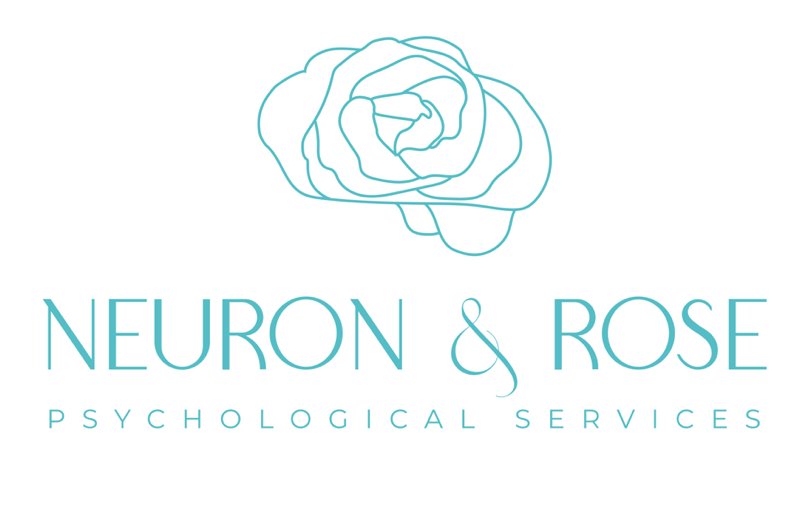Understanding the Post-Diagnosis Experience: Emotions and Growth After an Autism Diagnosis
Disclaimers:
Land Acknowledgment: We live and work on the unseated territories of the Wahpekute and Chumash peoples, we pay respects to their elders past and present. We encourage folks to explore the ancestral lands they live and work on, and to learn about the Native communities that live there, the treaties that have been broken. If folks feel called, we encourage them to consider taking actions to support Native communities, reparations, and land back movements (see other resources at the end for more info).
A note on language: The language in the DSM, including the use of the word disorder (D in acronym), some find this harmful, while others prefer the language “disorder.” When this language is used, it is because, as mental health professionals, we need to use this same language when referring to “diagnoses” in the DSM. In addition some Autistics find the use of the level system helpful in identifying the level of support needed, while others view it as an overly simplistic way of defining something that’s fluid, and may feel it’s harmful and minimizing. The beauty is that each individual gets to choose what language feels validating and affirming to them. Inspired by Dr. Jennifer Mullan, we use the term, “therapy participant” rather than “client” or “patient,” as we work toward decolonizing therapy.
Educational Purposes: The information presented here is for educational purposes, and not meant to diagnose, treat or cure medical conditions or challenges, including neurodivergence (including mental health challenges), or physical health.
The Roller Coaster of
Processing a Diagnosis:
Navigating the
Post-Diagnosis Journey
Receiving an autism diagnosis—especially later in life—is a profound, often overwhelming experience. For many, it brings a flood of emotions: joy, confusion, relief, grief, and everything in between. It’s a roller coaster of a ride, and each stage deserves space, compassion, and time.
1. Relief & Validation
For many of us, a diagnosis brings a powerful sense of relief. Suddenly, there’s a name for something we've always felt but couldn't articulate. It’s validating to finally have language for a lifelong experience.
That “aha” moment—this explains so much—can lift years of confusion, shame, and self-doubt.
2. Diving into Research
Once the dust begins to settle, it’s common to deep dive into research. We’re not just reading—we’re investigating with lived experience in hand, trying to understand what autism really looks like, especially outside of stereotypes. So many of us don’t see ourselves in the narrow portrayals of autism we grew up with, and this stage is about unlearning those narratives.
We begin to piece together a more nuanced, inclusive understanding of neurodivergence—one that actually makes sense for us.
3. Emotional Processing
Learning that we are autistic often prompts a deep shift in identity. There’s emotional weight in discovering something so core to who we are—something that’s always been true, yet only now has a framework.
As our clinician, Alex, so aptly put it:
“This is a part of me that has always been a part of me, but I never had this framework before”
With this realization can come a flood of emotions—grief, anger, regret.
We might mourn the years of struggle without support or the ways we were misunderstood—even by ourselves. This stage is tender, and it's okay to take your time here.
4. Self-Acceptance
Gradually, many of us begin to move toward self-acceptance. We reevaluate how we move through the world, and we start to experiment with authenticity. What does it feel like to take off the mask, even just a little? What coping strategies no longer serve us—and what might new ones look like?
This phase often includes questions around disclosure and advocacy. Do we share our diagnosis? If so, with whom, and when? Do we seek accommodations? How do we communicate our needs in ways that feel safe and empowering?
5. Burnout Awareness
It’s essential to talk about autistic burnout, especially for those diagnosed later in life. Many of us sought assessment because something was no longer working—because we were already burned out from years (or decades) of overcompensating, masking, and pushing ourselves to fit a neurotypical mold.
Part of post-diagnosis work is recognizing these patterns of overexertion, understanding how burnout shows up for us, and beginning the hard but necessary work of recovery. Clinicians, support systems, and communities play a vital role in helping folks navigate this phase and build more sustainable, self-compassionate ways of living.
Processing a diagnosis isn’t linear—it’s layered, emotional, and deeply personal. There’s no right or wrong way to move through it. Whether you're just starting out or well into your journey, remember: you’re not alone. There’s community here, and there’s space for every part of your process.
If you’re ready to start the conversation for an evaluation, neuro-affirming therapy or neurodiversity-affirming group therapy, we’re here to help guide and support you. Reach out to learn more; we offer free consultations for therapy and assessments.
Land acknowledgement & land map
Land Map resource here.
Land acknowledgement Resources: Support starts with educating yourself about history, and being willing to sit with uncomfortable truths. It can then include things like: learning about cultural appropriation, and commit to not engaging in and perpetuating cultural appropriation; committing to calling people in to conversations; educating others, honoring Native folks on holidays such as Indigenous People’s Day, considering the implications of celebrating holidays such as Thanksgiving, or the Fourth of July; making land acknowledgements, (to find out whose land you’re on, head here), having conversations with people about what you learn; financial support; uplifting and amplifying Native voices and stories; understanding and supporting Land Back efforts; researching and supporting Native causes, including supporting and advocating Native-led for legislation changes. Some options for financial support of Native communities on Wahpekute land are here, here, here, here, here or here; Chumash land here; National.


